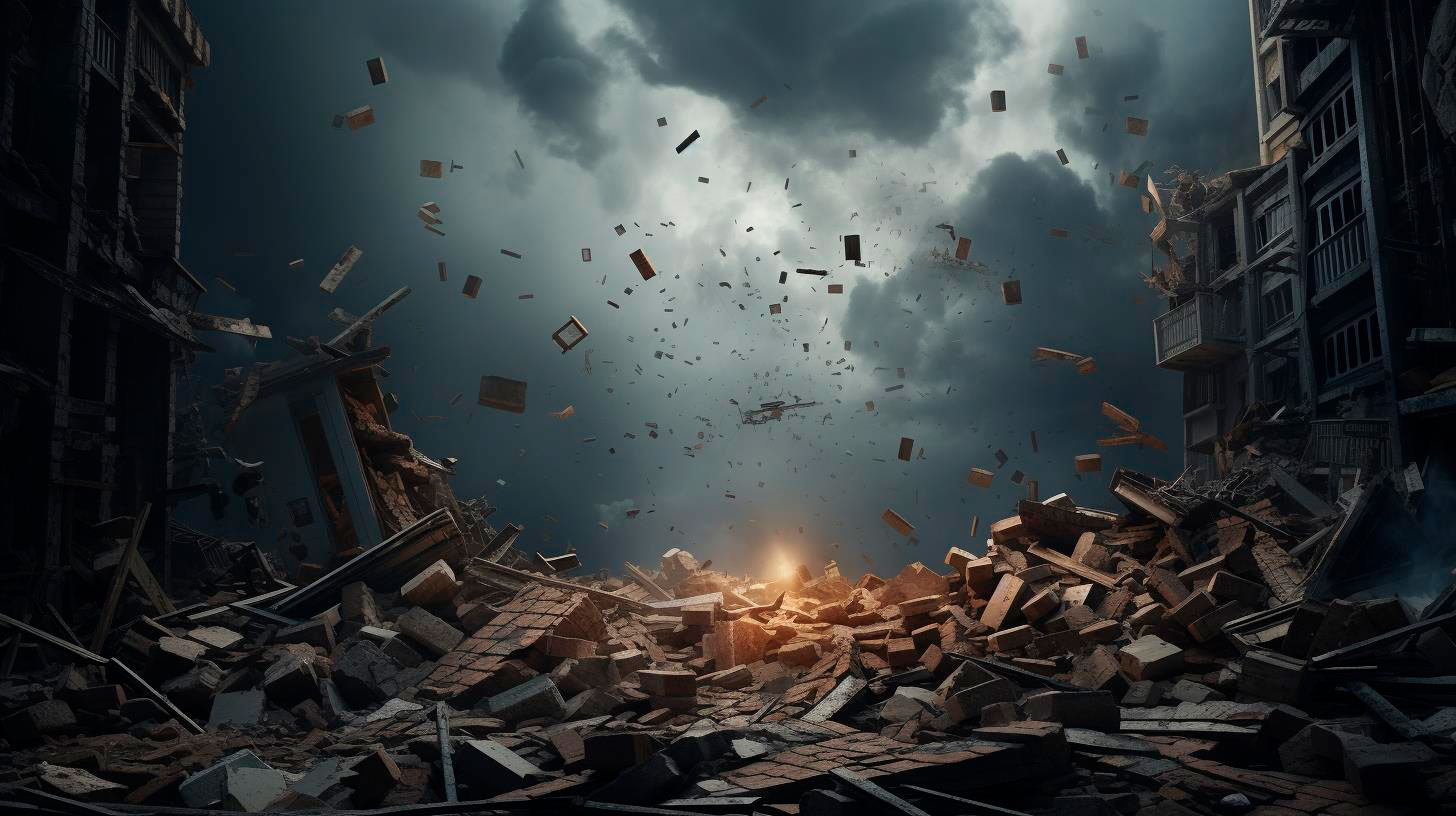Therefore, implementing effective camera sensor cleaning techniques is a must for photographers.
There are several methods and tools available for cleaning your camera sensor. In this article, we will delve into the world of camera sensor cleaning techniques, exploring different options and providing insights to help you maintain optimal sensor performance. Let’s get started!
The Importance of Camera Sensor Cleaning
Before we dive into the cleaning techniques, let’s understand why keeping your camera sensor clean is crucial:
- Image Quality: A clean camera sensor ensures that your images remain sharp and blemish-free, allowing you to capture the finest details in your shots.
- Reduced Post-processing: A dirty sensor often leads to unwanted specks and spots in your images which require additional editing time and effort to remove. Regular sensor cleaning saves you valuable post-processing hours.
- Longevity of Equipment: Dust particles on the sensor can potentially damage your camera’s delicate mechanism. By regularly cleaning your sensor, you contribute to the longevity and performance of your gear.
Popular Camera Sensor Cleaning Techniques
Now that we understand why sensor cleaning is essential, let’s explore some popular techniques:
Blower Method:
Using a blower is one of the simplest and safest ways to remove loose dust particles from your camera sensor. By squeezing the blower gently, a blast of air is directed onto the sensor, dislodging any loose debris. It is recommended to hold the camera upside down to ensure that any dislodged particles fall out of the camera.
Notable advantages of this technique include:
- Requires no physical contact with the sensor, minimizing the risk of accidental damage.
- Quick and easy to perform, making it a convenient option for regular maintenance.
- Blowers are widely available and relatively inexpensive.
Sensor Swabs:
Sensor swabs are specially designed tools that effectively remove stubborn contaminants from camera sensors. They are usually paired with a cleaning solution to ensure a thorough clean. It is crucial to use sensor swabs specifically manufactured for your camera’s sensor size.
Key takeaways for using sensor swabs:
- Ensure your hands are clean and oil-free to prevent contamination.
- Familiarize yourself with the proper technique or consider professional assistance to avoid accidental damage.
- Invest in high-quality sensor swabs for optimal results.
Wet Cleaning:
Wet cleaning involves using a sensor cleaning solution and a delicate swab to remove stubborn dust particles or stains on the camera sensor. It is considered a more advanced technique and is recommended for experienced photographers or those facing persistent sensor issues.
Important considerations for wet cleaning:
- Choose a sensor cleaning solution specifically designed for your camera’s sensor coating.
- Exercise extreme caution and adhere to the manufacturer’s instructions while performing wet cleaning.
- Consider professional sensor cleaning if you are uncertain or uncomfortable with the process.
Conclusion
Maintaining a clean camera sensor is essential for photographers wanting to capture flawless images. Regular sensor cleaning not only improves image quality but also reduces post-processing time and contributes to the longevity of your equipment. By using techniques like the blower method, sensor swabs, or wet cleaning, you can ensure optimal sensor performance and exceptional image results.
Remember to analyze your specific camera model’s sensor cleaning recommendations and consult professional help if needed. Embrace the world of camera sensor cleaning techniques and unlock the full potential of your photography!















+ There are no comments
Add yours